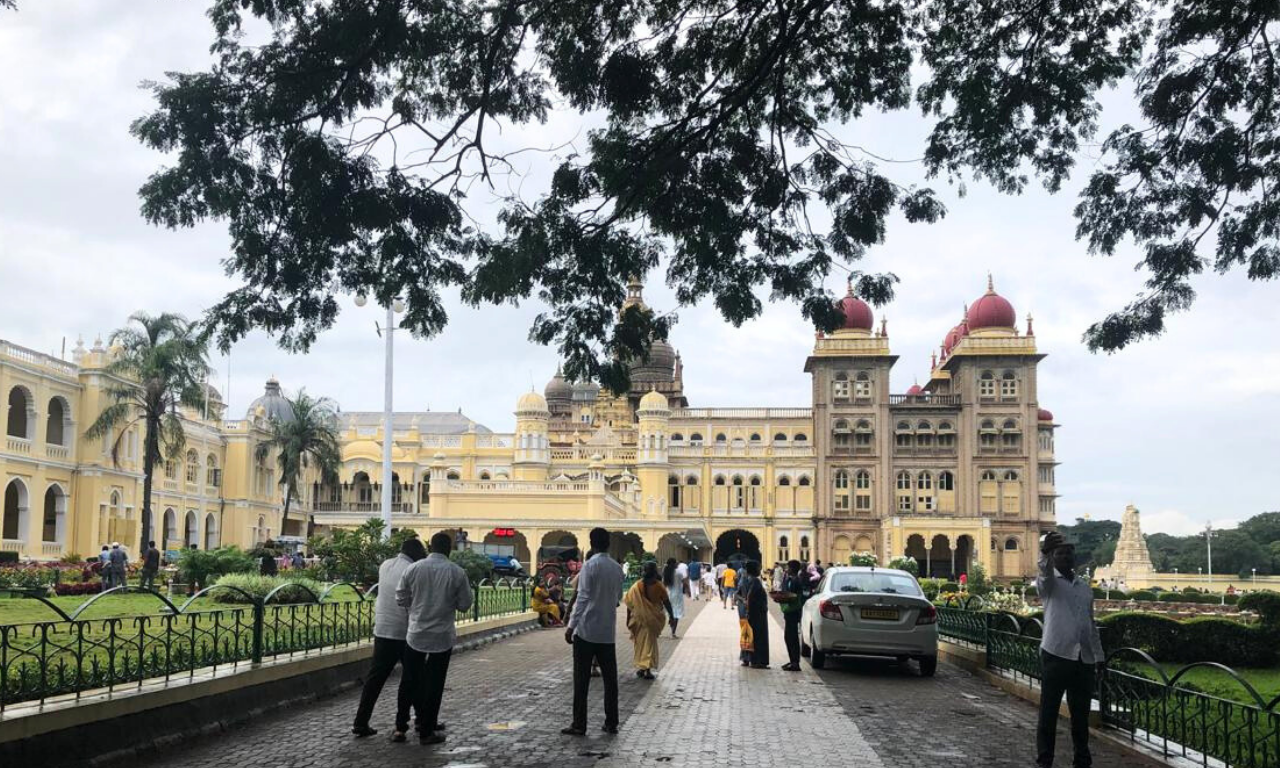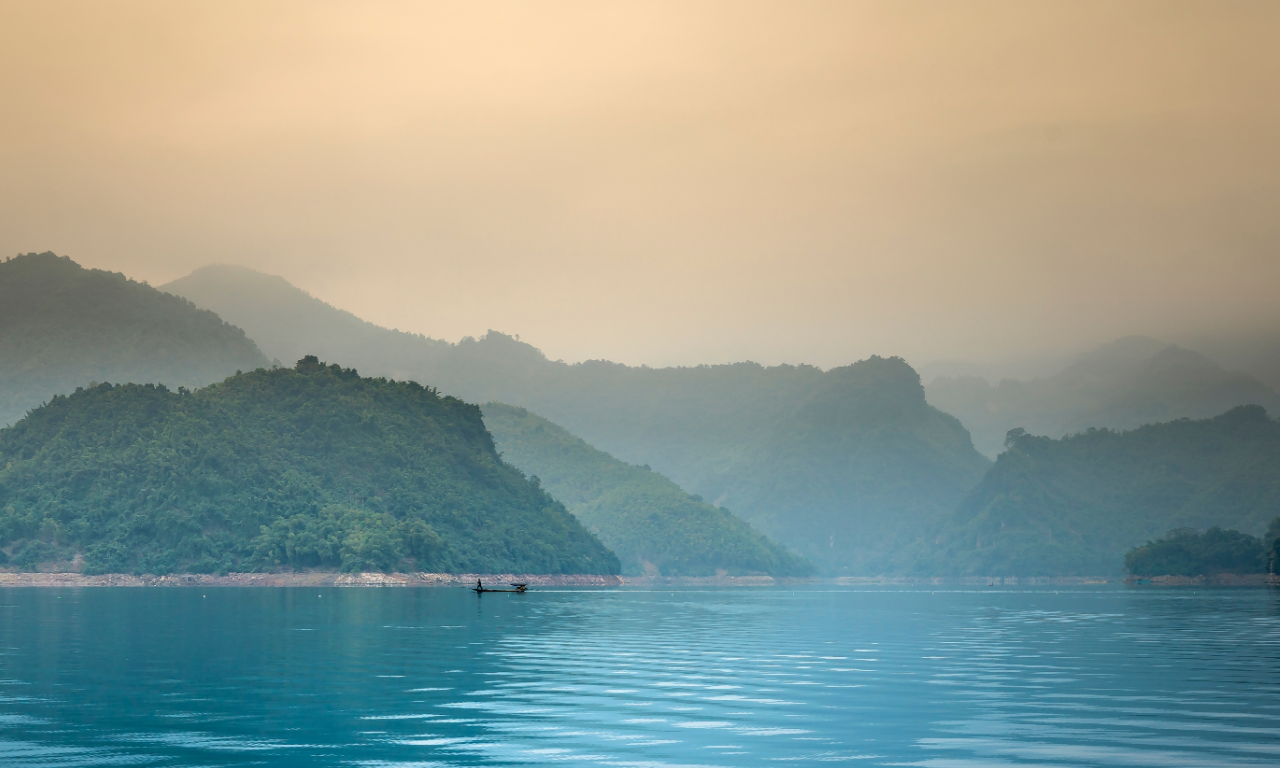
The Ultimate Guide to Trekking in Uttarakhand
Uttarakhand, often referred to as the “Land of the Gods,” is a trekker’s paradise. Nestled in the lap of the mighty Himalayas, this northern Indian state offers an array of trekking opportunities, from gentle walks to high-altitude adventures. Whether you are a beginner or an experienced trekker, Uttarakhand’s pristine landscapes, stunning vistas, and rich culture make it an ideal destination for trekking enthusiasts. In this guide, we’ll explore some of the best treks, offer essential tips, and provide information on when to go and how to prepare for your trek in Uttarakhand.
All rooms come with comfy Hypnos beds with luxury Egyptian cotton linen, spacious bathrooms, Nespresso coffee machines, highspeed Wi-Fi and several channels on a 40” flat-screen TV. The mini-bar comes stocked with some drinks that are included in the room rate.
1. Valley of Flowers Trek
- Difficulty: Easy to Moderate
- Altitude: 14,100 feet
- Duration: 6 days
- Best Time to Visit: July to September
The Valley of Flowers is one of Uttarakhand’s most famous treks, known for its breathtaking meadows of vibrant wildflowers. Located in the UNESCO World Heritage Site, this trek takes you through lush landscapes, snow-capped peaks, and sparkling streams. The valley is home to a variety of flora and fauna, including rare species like the blue poppy and the Himalayan black bear. The trek culminates with a visit to the revered Hemkund Sahib, a Sikh pilgrimage site, adding a spiritual dimension to the journey.
2. Roopkund Trek
- Difficulty: Moderate to Difficult
- Altitude: 146,499 feet
- Duration: 8 days
- Best Time to Visit: May to June and September to October
The Roopkund Trek is famous for its mysterious skeletal lake, located at a high-altitude glacial basin. The trek offers stunning views of the Trishul and Nanda Ghunti peaks and takes you through dense forests, alpine meadows, and steep ridges. As you reach the Roopkund Lake, you’ll encounter ancient skeletal remains that have puzzled scientists for decades. This trek is physically demanding but offers an unparalleled sense of adventure and awe.
3. Kedarkantha Trek
- Difficulty: Easy to Moderate
- Altitude: 12,500 feet
- Duration: 6 days
- Best Time to Visit: December to April
Perfect for beginners, the Kedarkantha Trek is a winter wonderland adventure. The trek leads you through dense pine forests, snow-laden trails, and quaint villages. At the summit, trekkers are rewarded with panoramic views of the mighty peaks like Bandarpoonch, Swargarohini, and Black Peak. The trek is famous for its breathtaking campsites, especially the Juda ka Talab, a serene frozen lake in winter. The snow-covered landscapes make this trek an unforgettable experience for first-time trekkers.
4. Har Ki Dun Trek
- Difficulty: Moderate
- Altitude: 11,675 feet
- Duration: 7 days
- Best Time to Visit: April to June and September to December
The Har Ki Dun Trek, also known as the “Valley of Gods,” is an enchanting trek through ancient villages and lush valleys. This cradle-shaped valley is surrounded by dense forests of pine, rhododendron, and oak trees, making it a perfect retreat for nature lovers. The trek offers spectacular views of the Swargarohini peak and is ideal for trekkers seeking a blend of cultural experiences and scenic beauty. The locals of this region follow unique traditions, and interacting with them is a highlight of the journey.
5. Nag Tibba Trek
- Difficulty: Easy
- Altitude: 9,915 feet
- Duration: 2 days
- Best Time to Visit: October to April
The Nag Tibba Trek is perfect for a short weekend getaway. Located near Mussoorie, this trek is one of the easiest and most accessible treks in Uttarakhand. It offers stunning views of the Bandarpoonch, Gangotri, Kedarnath, and Changabang peaks. The trail passes through oak and deodar forests, and the summit provides a mesmerizing 360-degree view of the surrounding mountains. This trek is a great option for beginners or those looking to experience trekking without the challenge of high altitude.
Best Time for Trekking in Uttarakhand
The ideal time to trek in Uttarakhand depends on the trek you choose and the kind of experience you are seeking. Here’s a quick guide:
- Summer (April to June): Ideal for most treks. The snow melts, revealing lush green landscapes, blooming flowers, and clear views of the mountains. Treks like Har Ki Dun and Kedarkantha are perfect during this season.
- Monsoon (July to September): While many treks become risky due to landslides and heavy rains, this is the perfect season for the Valley of Flowers Trek. The valley is in full bloom during the monsoon months.
- Autumn (September to November): This is one of the best times for trekking, with clear skies, pleasant temperatures, and minimal precipitation. Treks like Roopkund and Kedarkantha are best undertaken in autumn.
- Winter (December to March): For snow lovers, winter treks such as Kedarkantha and Nag Tibba are popular. The trails are covered in snow, creating a magical winter trekking experience.
Essential Tips for Trekking in Uttarakhand
- Physical Preparation:
Trekking in Uttarakhand involves physical exertion, especially for moderate and difficult treks. Start training at least a month in advance with cardio exercises like running, cycling, or swimming to build stamina. Strengthening exercises for your legs, core, and back are also crucial. - Packing Essentials:
- Clothing: Layer your clothing to adjust to changing temperatures. Carry moisture-wicking base layers, insulating mid-layers, and waterproof outer layers.
- Footwear: Invest in good-quality, waterproof trekking shoes with ankle support. Blisters are a common problem, so carry blister pads and extra pairs of moisture-wicking socks.
- Accessories: Trekking poles, a headlamp, a sturdy backpack, and a sleeping bag are must-haves for longer treks. Sunglasses, sunscreen, and a wide-brimmed hat will help protect you from UV rays at higher altitudes.
- Acclimatization:
If you are trekking to higher altitudes, it’s essential to acclimatize properly to avoid altitude sickness. Spend extra time at intermediate altitudes before making your final ascent. - Stay Hydrated:
Hydration is key at higher altitudes where the air is thinner and drier. Drink plenty of water and carry hydration tablets to replenish electrolytes. - Leave No Trace:
Uttarakhand is a pristine natural environment, and it’s our responsibility to keep it that way. Follow the principles of responsible trekking by avoiding littering, minimizing campfire impact, and respecting wildlife.
Conclusion
Uttarakhand offers some of the best trekking experiences in the Himalayas, catering to all levels of trekkers. From the spiritually enriching Valley of Flowers to the adventurous Roopkund Trek, the state is filled with trails that promise awe-inspiring views, cultural immersion, and personal growth. Prepare well, respect nature, and embark on a trekking journey that you’ll remember for a lifetime.
For customized trekking packages and expert-guided tours, explore our offerings at Atithi Devo Bhava Trips and let us help you experience the best of Uttarakhand’s majestic trails!




